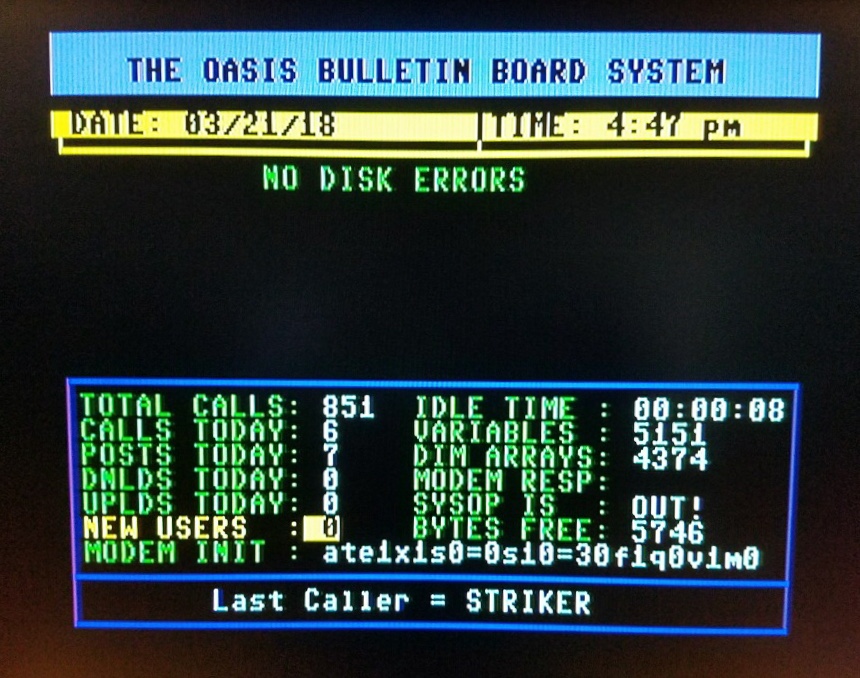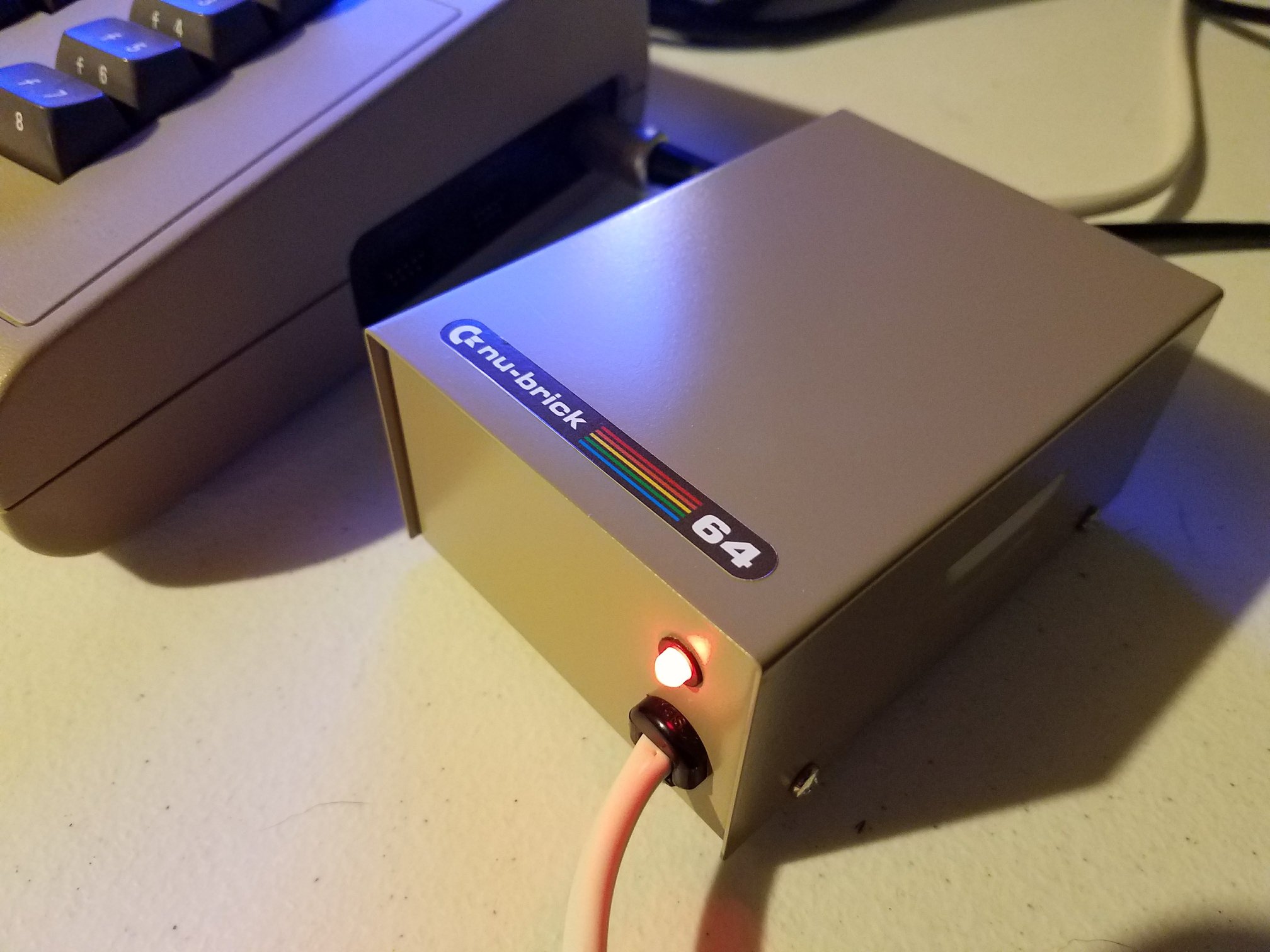Reviving Retro is back with a particularly stubborn Commodore 64 repair. This black screen C64 wasn’t one of the quick PLA replacements that often fill the channel. From the moment the machine powered up to a dead display, it was clear this one needed a deep investigation.
The black screen C64 arrived showing signs of prior tampering—missing screws and a mysterious keyboard adapter with unconnected pins. It wasn’t the usual straightforward fix, and the video captures that sense of discovery as each layer of the board’s mystery is peeled away.
Initial Diagnosis and Setup
Once the case was opened, the 250425 motherboard was revealed. Thankfully, most chips were socketed, making testing easier. The first move was to remove the SID chip for safety; no sense risking a rare and valuable sound chip while chasing gremlins elsewhere.
After inserting diagnostic and dead test cartridges, the system produced eight flashes—an early clue that pointed toward video circuitry issues. Switching test modes showed a gray border, indicating a possible VIC-II failure. But testing soon confirmed the VIC chip was healthy. The real trouble, it seemed, lay deeper in the support circuitry.
Tracking Down the Faults
Attention turned to the 8701 clock generator, a common source of display-related failures. Testing revealed that it had indeed failed. A replacement 8701 was installed, but the screen stubbornly stayed dark. This pointed to multiple faults rather than a single culprit.
The next set of clues came from the dead test cartridge’s flashing patterns. Different runs produced inconsistent results—sometimes five flashes, sometimes six—indicating faulty RAM. Systematically, Reviving Retro began swapping chips. Each faulty DRAM was removed, socketed, and replaced, using paste flux for cleaner desoldering and longer tool life.
But even after replacing several suspect memory chips, the black screen C64 persisted. The issue had to be beyond RAM.
MOS Logic Chip Trouble
Experience guided the next step. The MOS-branded logic chips on this board had a reputation for failure. In particular, the MOS 7712 (a 74LS08 equivalent) and the MOS 7709 (a 74LS258 equivalent) often caused erratic video and boot failures.
Testing confirmed those suspicions. The 7712 failed immediately. After replacing it, the Commodore 64 displayed something other than a black screen—garbled data—but still wouldn’t boot. That visual change was encouraging: partial progress meant life was returning to the board.
Next, the 7709 chip was tested and failed too. Swapping it for a working 74LS258 finally brought the system back to life. The diag and dead test cartridges now both ran cleanly, confirming the system’s full recovery.
Final Verification
With the new logic and clock chips installed, every diagnostic test passed. The machine successfully cycled through full 64K RAM checks, confirming stability across all banks. The previously erratic gray and blue borders were gone, replaced by the familiar C64 startup screen.
Reviving Retro wrapped up the repair by revisiting the odd keyboard adapter that came with the system—a curiosity with 14 pins connected but four left floating. While its purpose remains unknown, it clearly wasn’t part of the failure.
Lessons from the Repair
This episode shows how a black screen C64 can involve multiple layered problems rather than one bad chip. The dead test’s flashes pointed to RAM, but deeper inspection revealed two failed MOS logic chips and a bad clock generator.
It’s a valuable reminder for anyone tackling C64 repairs: diagnostic tools can guide you, but real progress comes from testing each possibility methodically. Experience, intuition, and patience still matter most.
By the end, four bad components had been identified and replaced—the 8701 clock chip, one faulty DRAM, the 74LS08 logic gate, and the 74LS258 multiplexer. The once-dead system now booted flawlessly.
Why Watch the Video
Watching this repair unfold in real time offers far more than a technical breakdown. Reviving Retro’s conversational tone and thoughtful approach make it feel like a hands-on workshop. Viewers get to see the logic behind each decision, the small mistakes (like inserting a chip backward), and the genuine excitement when the C64 finally springs back to life.
For fans of real retro hardware repair, this is a must-watch. It’s an authentic look at the challenges and satisfaction of bringing a vintage computer back from the brink.







